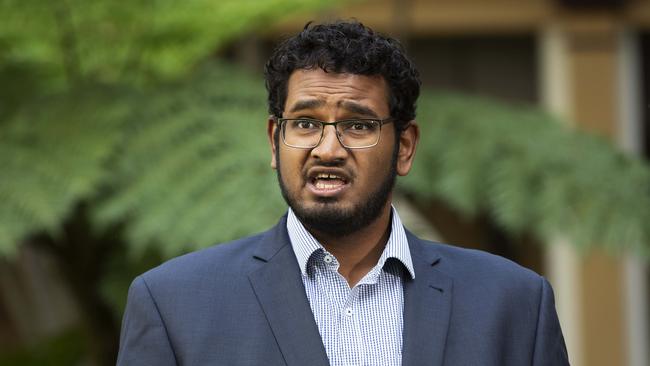Doctors make diagnostic mistakes in one in seven cases
Doctors are making 140,000 diagnostic mistakes each year and most of the blunders are preventable, shock new Queensland research has revealed.
QLD News
Don't miss out on the headlines from QLD News. Followed categories will be added to My News.
Doctors are making diagnostic mistakes in up to one in seven cases and most of the blunders are preventable, shock new Queensland research reveals.
An estimated 140,000 cases of diagnostic error occur nationally each year, with 21,000 cases of serious harm and 2000 to 4000 deaths and almost one in two malpractice claims against general practitioners involves diagnostic error, a paper out today in the Medical Journal of Australia shows.
The Australian Medical Association Queensland vice president Dr Bav Manoharan responded to the findings admitting that while healthcare outcomes had improved dramatically in recent years there was “always more that could be done”.
He said involving doctors in risk management processes would ensure healthcare outcomes continued to improve.
The research comes from Professor Ian Scott, Director of Internal Medicine and Clinical Epidemiology at Princess Alexandra Hospital in Brisbane and the University of Queensland with Associate Professor Carmel Crock, Director of Emergency Department at the Royal Victorian Eye and Ear Hospital.
The researchers identify the errors as a missed diagnosis, when the correct diagnosis was never considered; a wrong diagnosis and a delayed diagnosis, when there was enough information to correctly diagnose earlier.
“More than 80 per cent of diagnostic errors are deemed preventable,” the authors wrote in a Perspective published online in the MJA.
Three quarters of the doctors’ decisions were based on missed communication or follow up of a lab result.

It is suggested that lectures, seminars, group discussions and interactive videos can all improve knowledge of cognitive biases and debiasing strategies, broaden differential diagnosis, and enhance reasoning processes.
Diagnostic checklists and strategies that allow clinicians to slow their thinking and evaluate all alternatives, second opinions, patient follow-up to record errors made to check accuracy of initial diagnoses, computer assisted diagnosis to improve performance and sharing diagnostic uncertainty with patients helps could help clinicians from rushing to ill-considered diagnoses.
“There has been a substantial decline in death rates from heart attack and stroke as well as many cancers and we’ve seen dramatically improved diabetes management, improved options for mental health care, lower peri-natal and maternal death rates and longer life expectancy, amongst a multitude of improvements. However, errors still occur and ongoing improvements can be made,” Dr Manoharan said.

